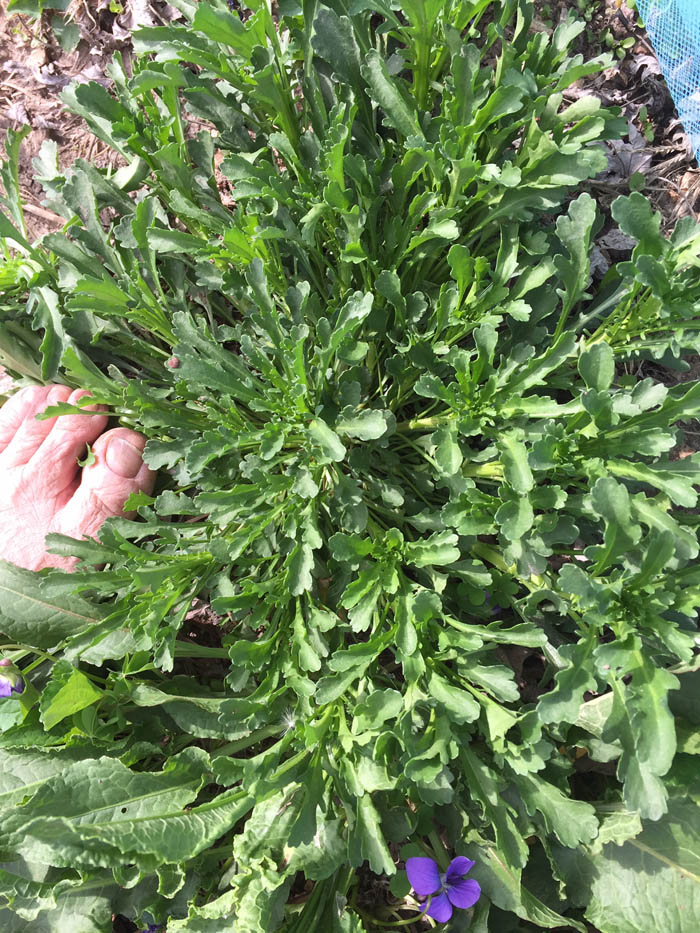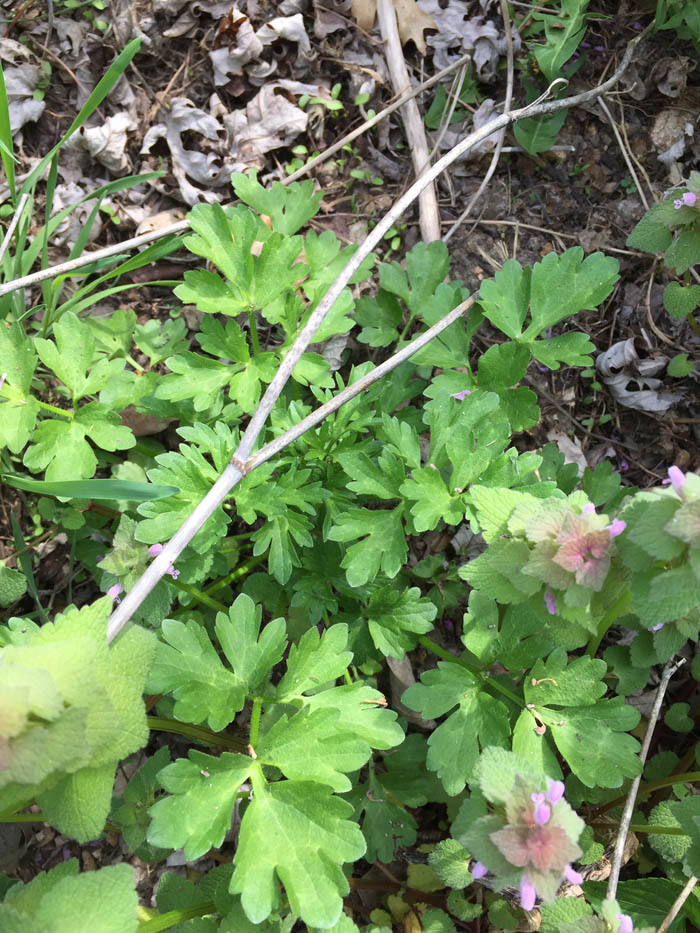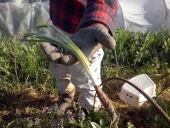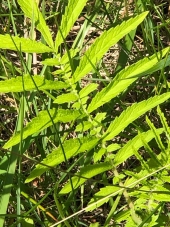
 4
4






Gardens in my mind never need water
Castles in the air never have a wet basement
Well made buildings are fractal -- equally intelligent design at every level of detail.
Bright sparks remind others that they too can dance
What I am looking for is looking for me too!

 6
6




Determining the difference between Bockings 4 and 14 is done by consensus. It's like trying to identify the difference between twins.
"There are other spots on the web to get my fix proving someone is an idiot but no other place for what I get here." -- former permie Brice Moss, 2012.
 10
10




'What we do now echoes in eternity.' Marcus Aurelius
How Permies Works Dr. Redhawk's Epic Soil Series








 6
6




'What we do now echoes in eternity.' Marcus Aurelius
How Permies Works Dr. Redhawk's Epic Soil Series
 7
7




"How fleeting are all human passions compared with the massive continuity of ducks.“ — Dorothy L. Sayers
 6
6




Joylynn Hardesty wrote:Number 2 is one of the buttercups. They have a number of different leaf shapes at they grow up. Don't let it go to seed! Green Deane's article is here.
"How fleeting are all human passions compared with the massive continuity of ducks.“ — Dorothy L. Sayers
 9
9




Zone 6, 45 inches precipitation, hard clay soil




 8
8




Gardens in my mind never need water
Castles in the air never have a wet basement
Well made buildings are fractal -- equally intelligent design at every level of detail.
Bright sparks remind others that they too can dance
What I am looking for is looking for me too!

 4
4




Joylynn Hardesty wrote:Hmmm.... He has updated a lot of articles to include medicinal uses. One reference was to dry up weepy sores.
Maybe I should make a tincture to use on poison ivy. We have to clear some vines out. Again.
"The only thing...more expensive than education is ignorance."~Ben Franklin. "We can easily forgive a child who is afraid of the dark; the real tragedy of life is when men are afraid of the light." ~ Plato
 9
9




“Praise be to you, my Lord, through our Sister, Mother Earth, who sustains and governs us, and who produces various fruit with colored flowers and herbs” St. Francis of Assisi








 5
5




'What we do now echoes in eternity.' Marcus Aurelius
How Permies Works Dr. Redhawk's Epic Soil Series







 5
5




Joylynn Hardesty wrote:Thanks Carla. No jewel weed on my acre. Sigh. But I have also heard dock leaves can be roughed up and the juices applied to help prevent a reaction. Dunno. I've tried it, may have worked once, did not work another time. I have lots of dock.
There is nothing so bad that politics cannot make it worse. - Thomas Sowell
Everything that is really great and inspiring is created by the individual who can labor in freedom. - Albert Einstein







 7
7




There is nothing so bad that politics cannot make it worse. - Thomas Sowell
Everything that is really great and inspiring is created by the individual who can labor in freedom. - Albert Einstein
 4
4




Zone 6, 45 inches precipitation, hard clay soil




 3
3




Elizabeth Horsley wrote:I don't have an ID for you (looks like you already have your answer anyway), but I do have a handy tool. I've used a phone app called "Seek" by iNaturalist (https://www.inaturalist.org/home) to identify weeds in my yard. The app works by taking a picture. Sometimes it works right away, but sometimes you have to post to the website which will then crowdsource the ID for you within a couple of days.
"How fleeting are all human passions compared with the massive continuity of ducks.“ — Dorothy L. Sayers







 2
2




There is nothing so bad that politics cannot make it worse. - Thomas Sowell
Everything that is really great and inspiring is created by the individual who can labor in freedom. - Albert Einstein
 3
3




Zone 6, 45 inches precipitation, hard clay soil




 3
3




 3
3




Mary Cook wrote:On #1, I thought oxeye daisy at first too, but some of the leaves are too long--unless those are separate dock plants, I can't tell.




 4
4




Garden Master Program video course and ebook guide

|
Put a gun against his head, pulled my trigger, now he's dead, that tiny ad sure bled
The new permaculture playing cards kickstarter is now live!
https://www.kickstarter.com/projects/paulwheaton/garden-cards
|






